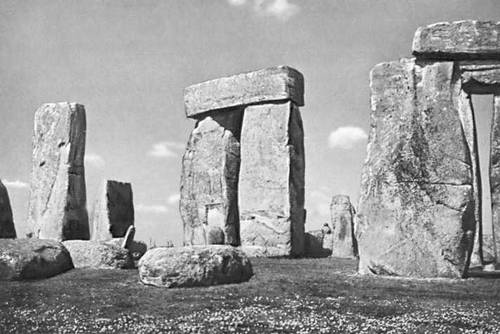Перевод и анализ слов искусственным интеллектом ChatGPT
На этой странице Вы можете получить подробный анализ слова или словосочетания, произведенный с помощью лучшей на сегодняшний день технологии искусственного интеллекта:
- как употребляется слово
- частота употребления
- используется оно чаще в устной или письменной речи
- варианты перевода слова
- примеры употребления (несколько фраз с переводом)
- этимология
cut stone - перевод на русский
[kʌt'stəun]
общая лексика
тёсаный или гранёный камень
тёсаный камень
строительное дело
блок из природного камня
нефтегазовая промышленность
колотый камень (о чёрных алмазах)
['æʃlə]
общая лексика
пятикант
тесаный камень
строительное дело
тёсаный камень (для кладки или облицовки стен)
стойка между балкой чердачного перекрытия и стропильной ногой
американизм
кладка (стена) из керамических блоков
существительное
строительное дело
тёсаный камень
кладка из тёсаного камня
тесаный камень (для облицовки)
кладка из тесаного камня
Определение

Википедия

Ashlar () is finely dressed (cut, worked) stone, either an individual stone that has been worked until squared, or a structure built from such stones. Ashlar is the finest stone masonry unit, generally rectangular cuboid, mentioned by Vitruvius as opus isodomum, or less frequently trapezoidal. Precisely cut "on all faces adjacent to those of other stones", ashlar is capable of very thin joints between blocks, and the visible face of the stone may be quarry-faced or feature a variety of treatments: tooled, smoothly polished or rendered with another material for decorative effect.
One such decorative treatment consists of small grooves achieved by the application of a metal comb. Generally used only on softer stone ashlar, this decoration is known as "mason's drag".
Ashlar is in contrast to rubble masonry, which employs irregularly shaped stones, sometimes minimally worked or selected for similar size, or both. Ashlar is related but distinct from other stone masonry that is finely dressed but not quadrilateral, such as curvilinear and polygonal masonry.
Ashlar may be coursed, which involves lengthy horizontal layers of stone blocks laid in parallel, and therefore with continuous horizontal joints. Ashlar may also be random, which involves stone blocks laid with deliberately discontinuous courses and therefore discontinuous joints both vertically and horizontally. In either case, it generally uses a joining material such as mortar to bind the blocks together, although dry ashlar construction, metal ties, and other methods of assembly have been used. The dry ashlar of Inca architecture in Cusco and Machu Picchu is particularly fine and famous.


![Ashlar masonry north gable of [[Banbury Town Hall]], Oxfordshire Ashlar masonry north gable of [[Banbury Town Hall]], Oxfordshire](https://commons.wikimedia.org/wiki/Special:FilePath/Banbury TownHall north.jpg?width=200)
![Quarry-faced red Longmeadow sandstone in random ashlar was specified by architect [[Henry Hobson Richardson]] for the [[North Congregational Church]] (Springfield, Massachusetts, 1871). Although each block was cut with great precision on adjacent faces, the external face was left rough as when removed from the quarry. The blocks were laid randomly without continuous courses or vertical and horizontal joints. Quarry-faced red Longmeadow sandstone in random ashlar was specified by architect [[Henry Hobson Richardson]] for the [[North Congregational Church]] (Springfield, Massachusetts, 1871). Although each block was cut with great precision on adjacent faces, the external face was left rough as when removed from the quarry. The blocks were laid randomly without continuous courses or vertical and horizontal joints.](https://commons.wikimedia.org/wiki/Special:FilePath/North Congregational Church, Springfield MA.jpg?width=200)
